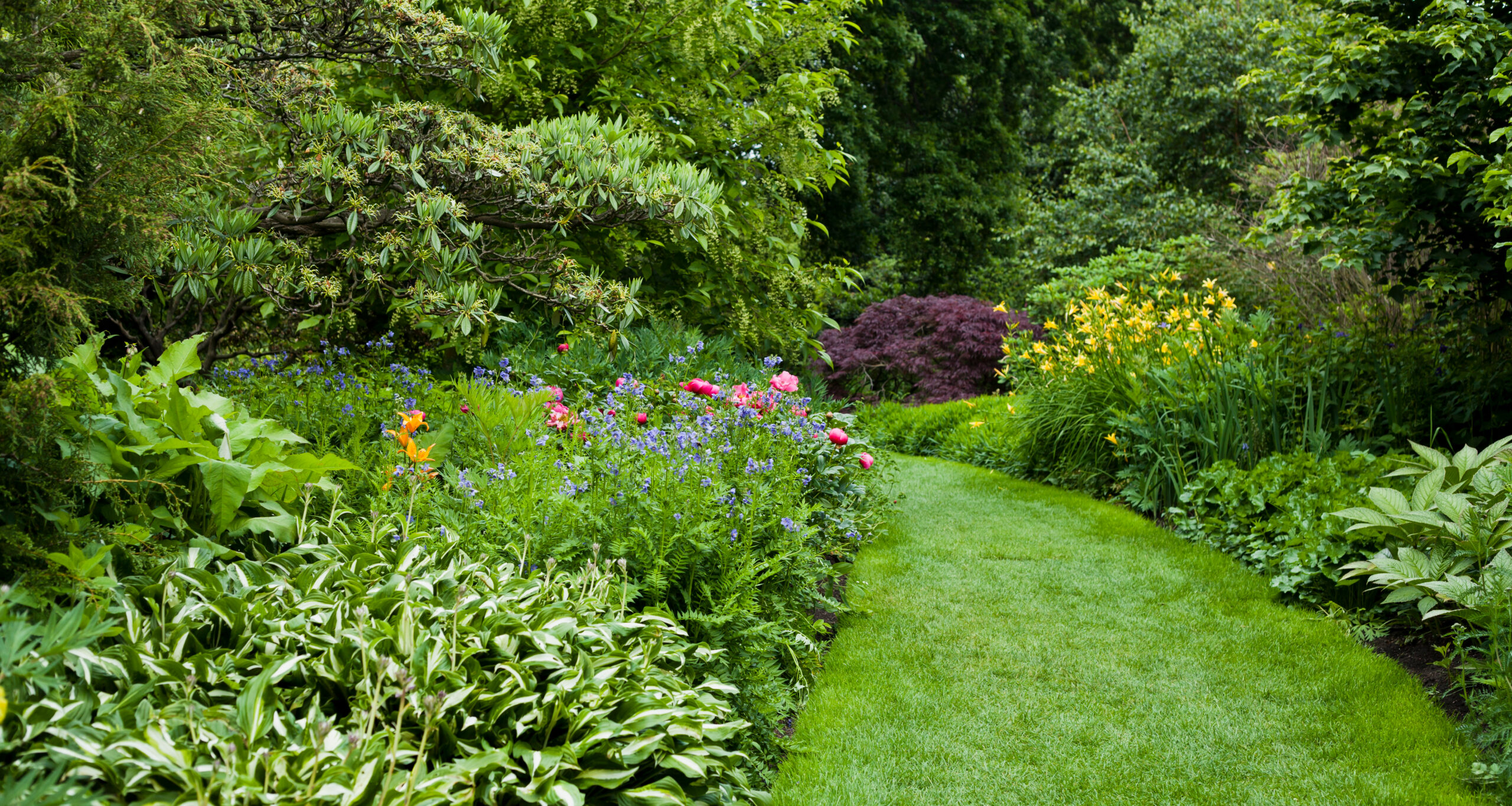How to Help Local Wildlife: Simple Steps Everyone Can Take
Supporting local wildlife is crucial for maintaining biodiversity and the health of ecosystems. With increasing urbanization and habitat destruction, wildlife needs our help more than ever. Fortunately, there are many simple actions that individuals can take to make a significant impact.
This article outlines practical steps that everyone can implement to support local wildlife and contribute to a healthier environment.
Creating Wildlife-Friendly Habitats

Plant Native Species
One of the most effective ways to support local wildlife is by planting native species in your garden or community spaces. Native plants provide essential food and shelter for local insects, birds, and other wildlife.
They are adapted to the local climate and soil, requiring less water and maintenance than non-native species.
By incorporating a variety of native plants, you can create a diverse habitat that supports a wide range of species.
- Research Local Flora: Identify plants native to your region. Resources like the National Wildlife Federation's Native Plant Finder can help you select appropriate species.
- Diverse Plantings: Include a mix of trees, shrubs, and flowering plants to provide year-round resources for wildlife.
- Avoid Invasive Species: Be cautious not to introduce plants that can outcompete native vegetation.
Provide Water Sources
Wildlife needs access to clean water for drinking, bathing, and breeding. By providing a water source in your garden, you can attract a variety of animals and help them thrive.
- Birdbaths: Install birdbaths at different heights to accommodate various bird species. Clean them regularly to prevent disease.
- Ponds: Create a small pond or water feature. Even a shallow dish can serve as a drinking spot for insects and small mammals.
- Water Quality: Ensure that any water sources are free from chemicals and pollutants.
Reducing Threats to Wildlife
Limit Chemical Use
) Pesticides, herbicides, and fertilizers can harm wildlife by contaminating their food and water sources.
Pesticides, herbicides, and fertilizers can harm wildlife by contaminating their food and water sources.
Reducing or eliminating the use of these chemicals can make your garden safer for local fauna.
- Organic Gardening: Use organic gardening practices to manage pests and weeds without harmful chemicals.
- Natural Predators: Encourage natural predators like ladybugs and birds to control pest populations.
- Composting: Use compost as a natural fertilizer to enrich soil without synthetic chemicals.
Prevent Window Collisions
Millions of birds die each year from collisions with windows. Making your windows more visible to birds can significantly reduce this threat.
- Window Decals: Apply decals or stickers to windows to break up reflections.
- Screens and Netting: Install external screens or netting to reduce reflections and provide a cushion if birds fly into them.
- Strategic Planting: Position bird feeders and baths away from windows to prevent birds from flying directly into glass surfaces.
Supporting Local Wildlife Organizations
Volunteer Your Time
Local wildlife organizations and conservation groups often need volunteers to help with various projects, from habitat restoration to wildlife monitoring.
- Find Local Groups: Research and connect with local conservation organizations. Websites like VolunteerMatch can help you find opportunities.
- Participate in Citizen Science: Contribute to citizen science projects by monitoring local wildlife and reporting your observations to organizations like the Audubon Society or iNaturalist.
- Organize Community Events: Help organize clean-ups, tree plantings, or educational events to raise awareness and involve more people in conservation efforts.
Donate and Advocate
Financial support and advocacy can amplify the impact of local wildlife organizations.
- Donate: Consider making regular donations to reputable wildlife organizations. Even small contributions can make a big difference.
- Advocate for Wildlife: Use your voice to advocate for policies that protect wildlife and their habitats. Contact local representatives, support conservation legislation, and participate in public forums.
Educating and Engaging Your Community
Spread Awareness
Educating your community about the importance of local wildlife and how to protect it can inspire collective action.
- Educational Materials: Share information through newsletters, social media, and local community boards. Use resources from organizations like the World Wildlife Fund to provide accurate and compelling information.
- Workshops and Talks: Organize workshops, talks, and nature walks to engage your community and provide hands-on learning experiences.
- School Programs: Collaborate with local schools to incorporate wildlife education into their curriculum and encourage student participation in conservation projects.
Encourage Wildlife-Friendly Practices
Promote wildlife-friendly practices in your community by setting an example and encouraging others to follow suit.
- Community Gardens: Establish or support community gardens that use native plants and organic gardening methods.
- Green Spaces: Advocate for the creation and maintenance of green spaces in urban areas to provide habitats for wildlife.
- Wildlife Corridors: Support the development of wildlife corridors to connect fragmented habitats and allow safe passage for animals.
Conclusion
Helping local wildlife is an achievable goal that starts with simple, everyday actions. By creating wildlife-friendly habitats, reducing threats, supporting local organizations, and educating your community, you can make a significant difference in preserving biodiversity and promoting a healthier environment.
These efforts not only benefit wildlife but also enhance the quality of life for everyone by fostering a deeper connection to nature and a more sustainable world.
References
- VolunteerMatch: Find Volunteer Opportunities
- iNaturalist: Citizen Science
- World Wildlife Fund: Conservation Resources
- Composting Basics
- Promoting Green Spaces

![[LIVE] Engage2Earn: Save our PBS from Trump](https://cdn.bulbapp.io/frontend/images/c23a1a05-c831-4c66-a1d1-96b700ef0450/1)









![[ℕ𝕖𝕧𝕖𝕣] 𝕊𝕖𝕝𝕝 𝕐𝕠𝕦𝕣 𝔹𝕚𝕥𝕔𝕠𝕚𝕟 - And Now What.... Pray To The God Of Hopium?](https://cdn.bulbapp.io/frontend/images/79e7827b-c644-4853-b048-a9601a8a8da7/1)












































